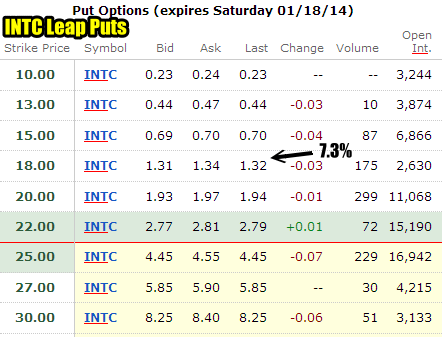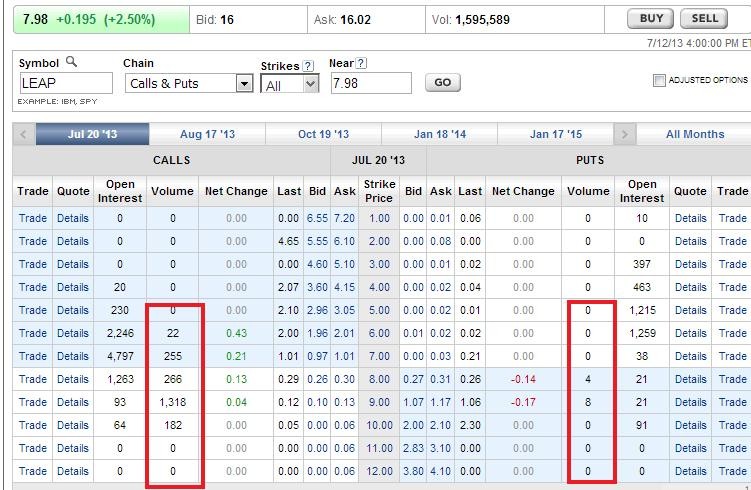

Magic Leap offers three different storage options for your World Features data.

If someone is sitting in the room while your device is spatially mapping the space, that individual may be included in the spatial map created, but the spatial map is not designed to reflect a level of detail sufficient to identify that individual. If someone walks through the room while your device is spatially mapping the space, they will be excluded from the spatial maps. Spatial maps only reflect information from the parts of your environment that are stationary. If you choose to store your World Features in a Personal World or contribute them to Shared World, only the resulting World Features spatial map will be sent to Magic Leap’s cloud. The processing to extract World Features from peripheral camera images is done locally on your Magic Leap device. The final set of World Features is a spatial map at its most basic level. These new features are then compared to previously stored features and merged to create one set of features that represent your surroundings. How World Features WorkĬomputer vision algorithms use images collected from the peripheral cameras on your Magic Leap device to extract features from those images.

World Feature points can be used as references to place and persist content (so you can come back to that content later, at the same place). World Features are 3D representations (also called “point clouds”) of the world around you, and serve as the basic building blocks of a spatial map. Additional information about World Understanding can be found in the “More about World Understanding” section below. Applications can then access object data in your spatial maps (with your permission), and use it in a variety of ways, including to make your digital content fit even more seamlessly into the world around you. World Understanding allows Magic Leap devices to recognize some types or classes of objects in your environment, such as the ability to identify chairs and posters, and include data about those objects in your spatial maps. Additional information about World Models can be found in the “More about World Models” section below. The result is spatial maps that provide much more accurate representations of the world around you, enabling digital content to respond to the environment in a more natural way. World Models add more detail to your spatial maps, including dense mesh data and planes. Additional information about World Features can be found in the “More about World Features” section below. Spatial maps can include the following three different levels of detail, based on the choices you make: World Features The end result is a mapped environment that enables apps to render digital media in your field of view as if it were really in front of you. Device sensors continuously scan your environment, process that information, and use it to create three dimensional representations of your area (which we refer to as spatial maps).

The strike is the decided-upon price for the underlying asset at which it converts at expiry.Spatial maps are a critical part of the Magic Leap ecosystem as they help Magic Leap enable interactions between digital content and your actual physical surroundings. As with many short-term options contracts, investors pay a premium or upfront fee for the ability to buy or sell above or below the option's strike price. Lengthier times until maturity allow long-term investors to gain exposure to prolonged price movements. LEAPS are no different from short-term options, except for the later expiration dates. Understanding Long-Term Equity Anticipation Securities (LEAPS) The premiums for LEAPS are higher than those for standard options in the same stock, but lower than the cost of shares of the underlying stock.They are often used in hedging strategies and can be particularly effective for protecting retirement portfolios.LEAPS can be listed on a particular stock or an index as a whole.These contracts are ideal for options traders looking to trade a prolonged trend.Long-term equity anticipation securities are listed options contracts that expire in more than a year.


 0 kommentar(er)
0 kommentar(er)
